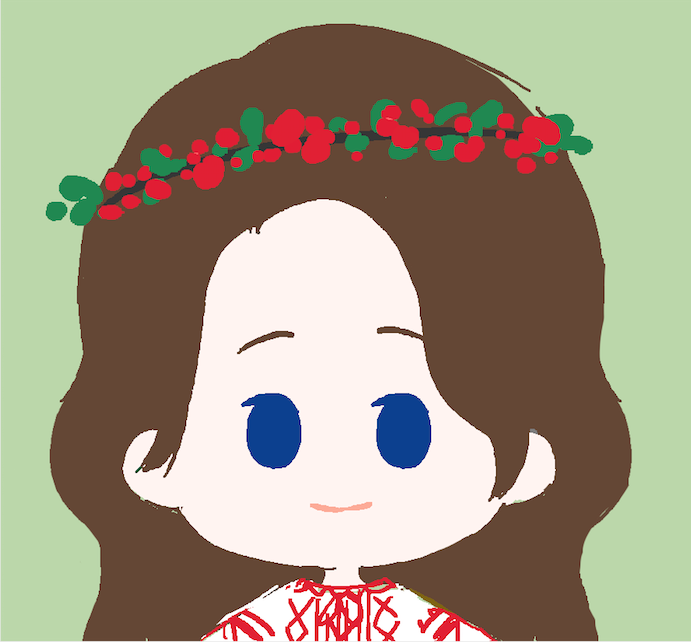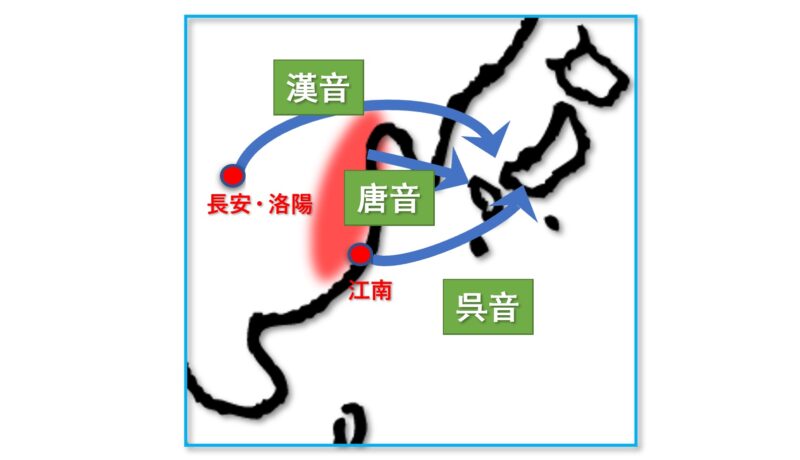The term 音 /on/ (sound) denotes a word or morpheme that, together with a character, came to the Japanese language from Chinese. The term 訓 /kun/ (interpretation) is a purely Japanese word, which were originally interpretations of obscure Chinese characters.
Why do kanji have so many readings?

The reason for the presence of several ON readings in the characters lies not in the peculiarities of naming synonymous words, but in historical changes and dialect differences in the Chinese language, from which the ON readings were borrowed, as well as in the waves of borrowing of Chinese characters by Japan. Some Chinese words or morphemes were borrowed by the Japanese language several times - at different times and from different dialects of the Chinese language. Thus, the pronunciation of the characters of the first wave of borrowing (呉音 /goon/) is different from the pronunciation of the characters of the second wave of borrowing (漢音 /kan’on/), for example:
大 /dai/ (吳音/goon/) _ /tai/ (漢音 /kan’on/);
地 /ji/ (吳音/goon/)- /chi/ (漢音/kan'on/);
分 /bun/ (吳音/goon/)- /fun/ (漢音 /kan’on/);
美 /mi/ (吳音/goon/)- /bi/ (漢音/kan'on/);
無 /mu/ (吳音/goon/)- /bu/ (漢音 /kan’on /);
男 /nan/ (呉音 /goon/) - /dan/ (漢音 /kan'o n /);
日/night/ (呉音 /goon/) - /jitsu/ (漢音 /kan'on /);
人 /ning/ (吳音 /goon/) - /jin/ (漢音 /kan'on/);
正 /shyo:/ (吳音/goon/)- /sei/ (漢音/kan'on/).
地 /ji/ (吳音/goon/)- /chi/ (漢音/kan'on/);
分 /bun/ (吳音/goon/)- /fun/ (漢音 /kan’on/);
美 /mi/ (吳音/goon/)- /bi/ (漢音/kan'on/);
無 /mu/ (吳音/goon/)- /bu/ (漢音 /kan’on /);
男 /nan/ (呉音 /goon/) - /dan/ (漢音 /kan'o n /);
日/night/ (呉音 /goon/) - /jitsu/ (漢音 /kan'on /);
人 /ning/ (吳音 /goon/) - /jin/ (漢音 /kan'on/);
正 /shyo:/ (吳音/goon/)- /sei/ (漢音/kan'on/).
In addition to the first pronunciation (吳音/goon/) and the second wave of borrowing (漢音/kan'on/), there is also the pronunciation 唐音 /to:on/, but the number of words that are pronounced after it is small (about 100).
Did you know about this history of kanji? Share in the comments!


